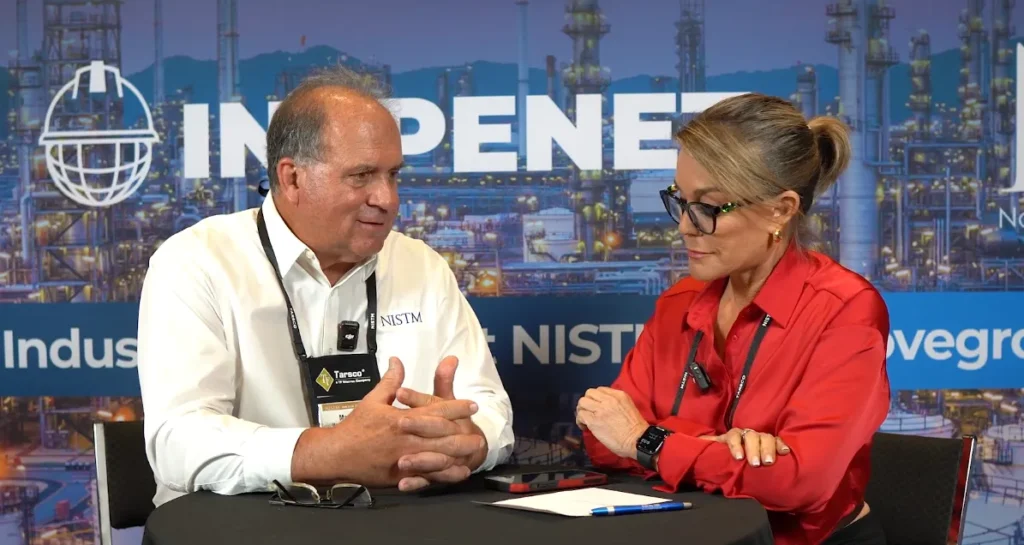Training, technology and regulation: the future of storage tanks
The regulatory evolution in storage tanks management has not been subtle, and Marshall Mott-Smith, Vice President of the Board of Directors of the National Institute for Storage Tank Management (NISTM), experienced it from the inside. During his leadership as administrator of Florida's statewide program, he led the move from systems with no secondary containment to a standard where every tank is double-walled. This transformation, the result of effective regulation and collaboration with industry, reflects the impact that well-executed regulations can have on environmental and operational safety.
Today, eyes are on Texas, where new legislation such as Senate Bill 900 is beginning to shape a new state regulatory framework. While changes at the federal level are moving slowly, these local moves offer indications of where the industry is headed.
One generation leaves, another needs preparation
One of the issues Mott-Smith is most concerned about is the loss of what he calls "institutional memory." Many of the experts who designed, operated and regulated storage systems are retiring. In their place, a new wave of professionals with little or no direct experience is entering the industry.
Against this backdrop, NISTM has adopted a key educational role, offering introductory courses and specialized programs, such as Tanks 101 and Terminal Management 101, to shorten the learning curve. In addition, its conferences in Orlando, Houston, Pennsylvania and Hawaii have become meeting places for industry veterans and new talent.
Technology without knowledge is just a tool
Technological progress is also having a major impact on the sector, with tools such as drones, 3D laser scanners and new coatings allow tanks to be inspected with greater accuracy and efficiency. The use of robotics to enter confined spaces or assess structural integrity is already becoming standardized among tank owners.
But Mott-Smith says that without a solid foundation of knowledge and experience, even the best tools can fail. That's why he insists on training technically minded professionals who are able to implement solutions and adapt to evolving regulations. It's not just about incorporating technology, but understanding how, when and why to use it in a regulated and environmentally risky environment.

Universities: allied or disconnected?
Another point raised by the NISTM vice president is the disconnect between academia and the real world. Many young professionals enter the sector without having received practical training or contact with the industry, and Mott-Smith believes it is essential that universities make room for industry experts to share their experience and contribute to a more balanced education.
From his point of view, training the next generation is not optional, but vital, since the operational sustainability of the storage tanks, as well as regulatory compliance, depends to a large extent on the decisions made by the new professionals. And these decisions can only be right if they are well informed.
Training, compliance and future
NISTM's proposal goes beyond organizing events, with a strategy to preserve industry knowledge, address regulatory challenges and prepare a new generation of critical decision makers. While regulations evolve and technology takes hold, the real driver of change will continue to be skilled and committed human capital.
For more NISTM 2025 content, visit our YouTube channel and LinkedIn profile.
Source: Inspenet.

